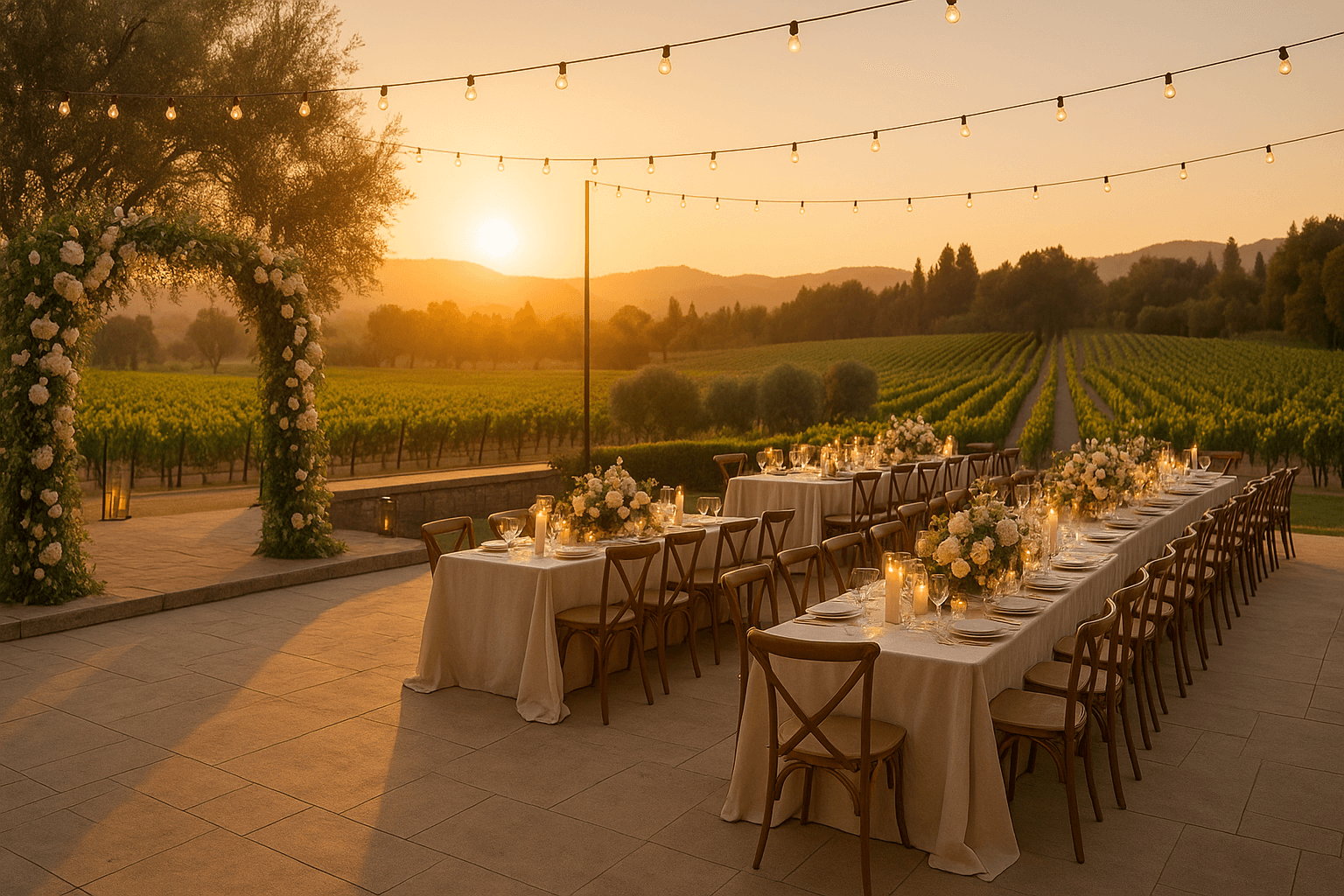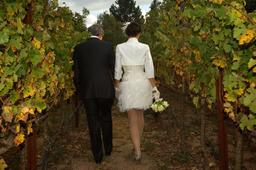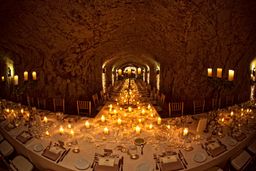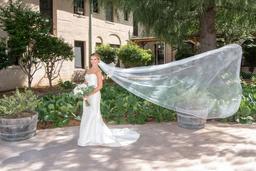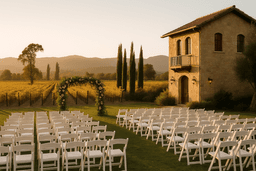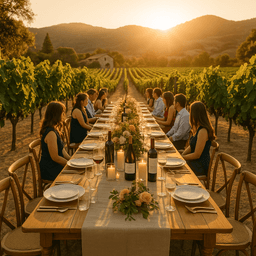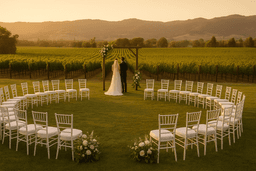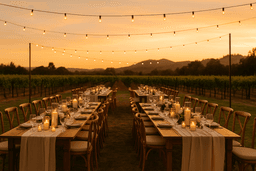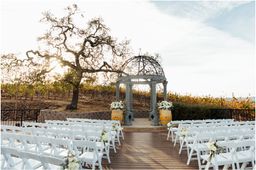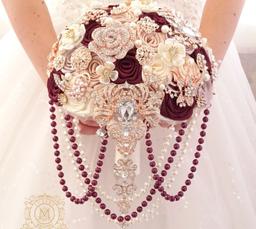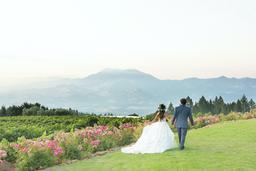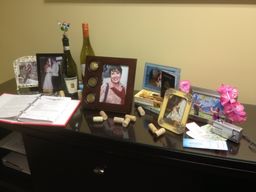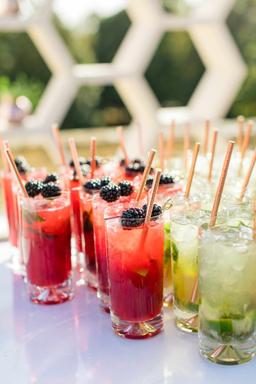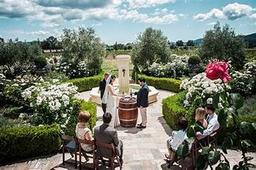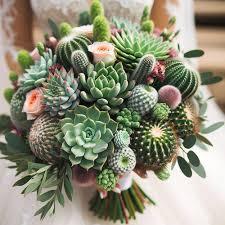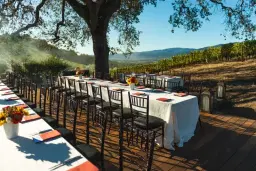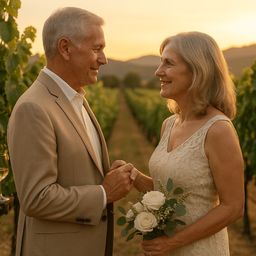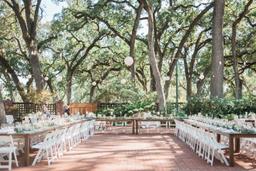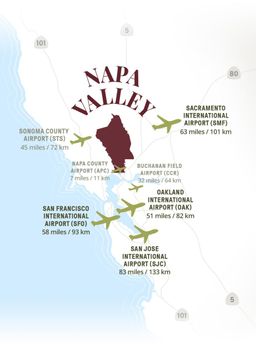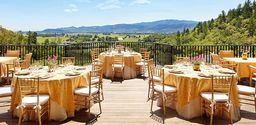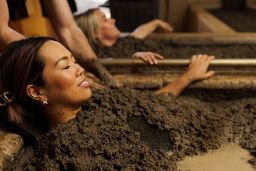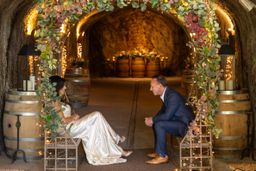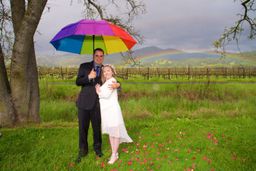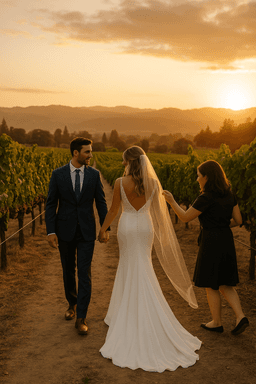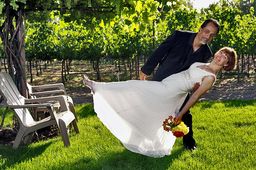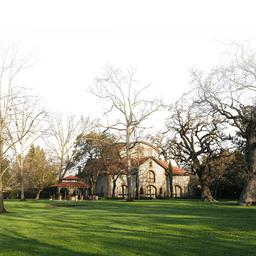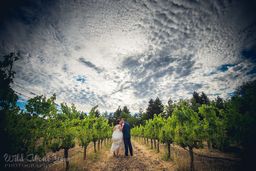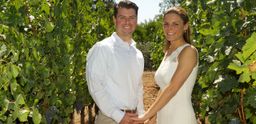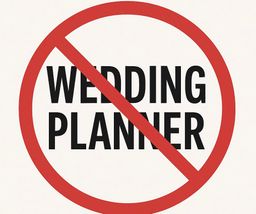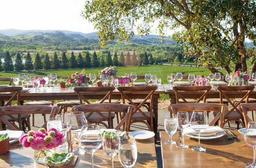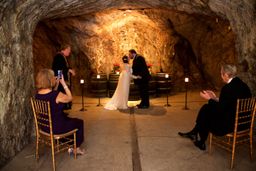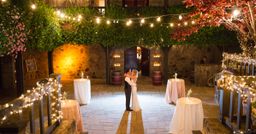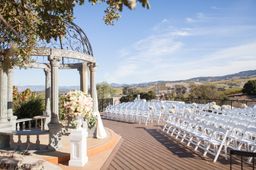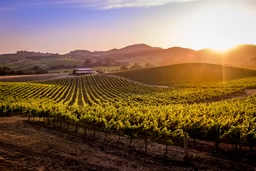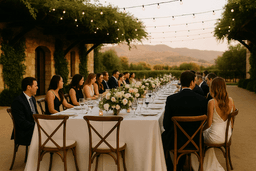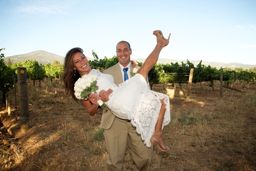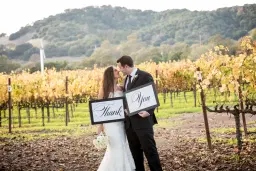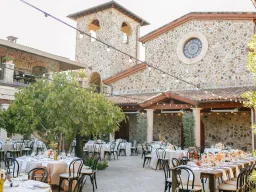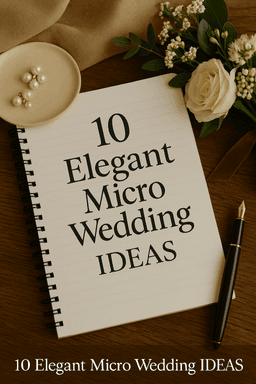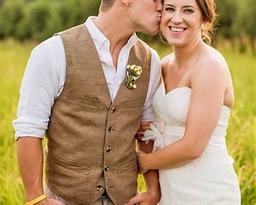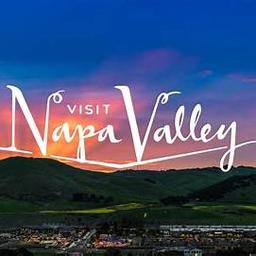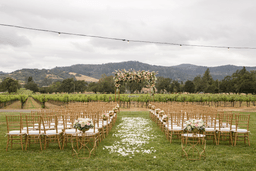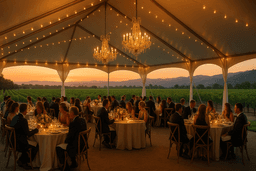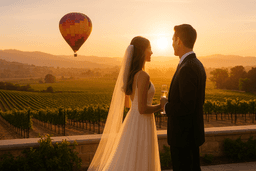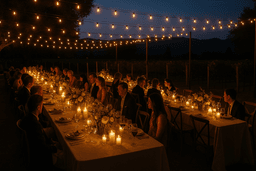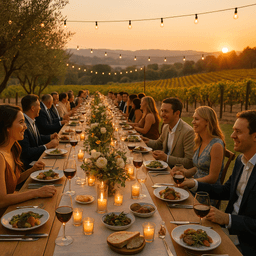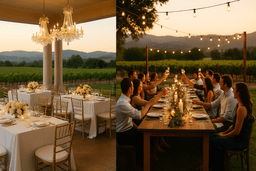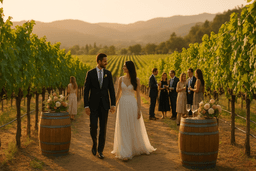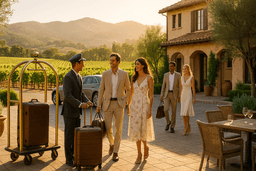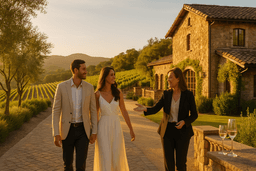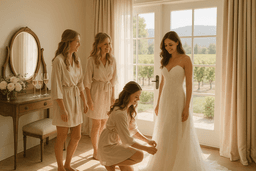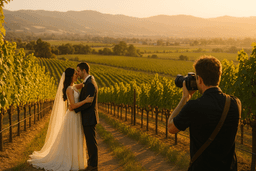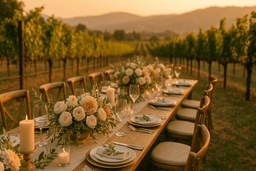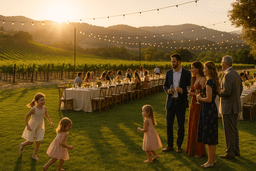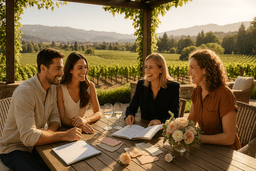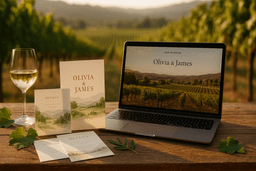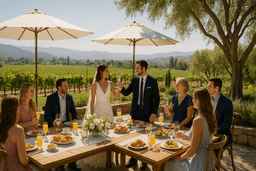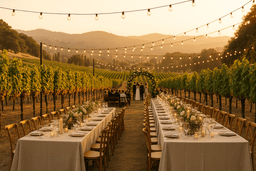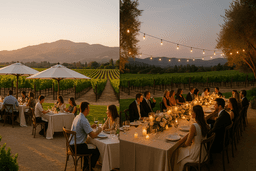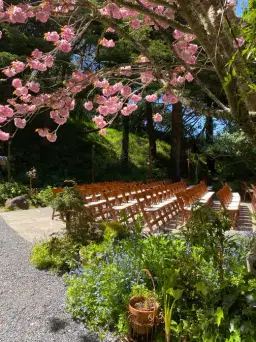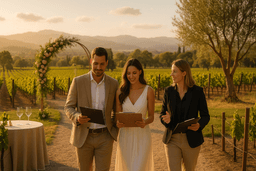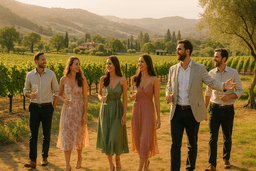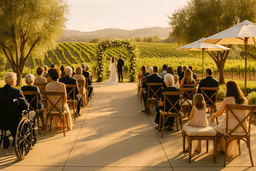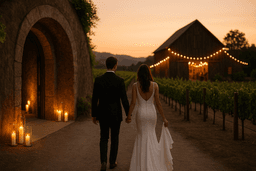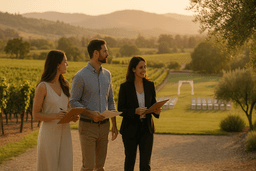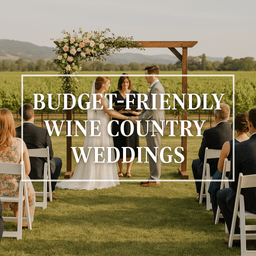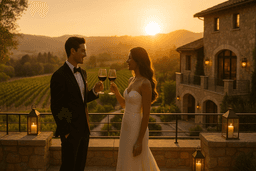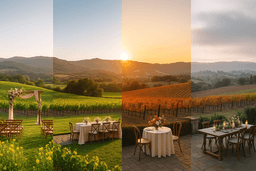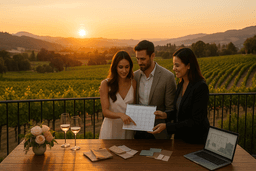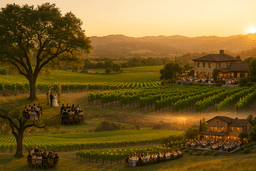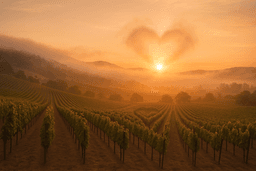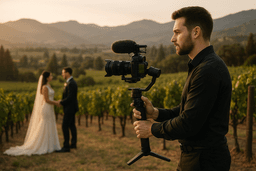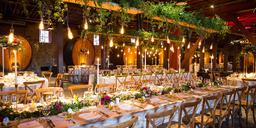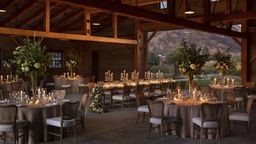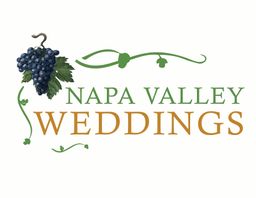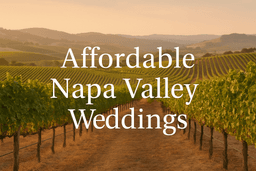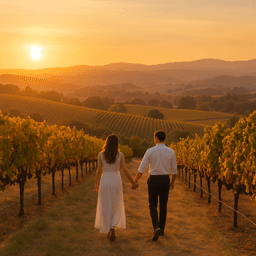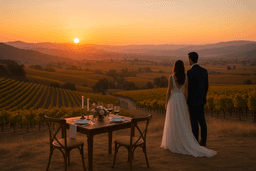In Napa Valley, beauty flows naturally — from sun-drenched vineyards to twilight dinners beneath the stars. When planning your wedding, finding a venue that carries that same flow from ceremony to reception is essential.
You want every transition to feel organic — not like your guests are being moved from one scene to another, but like the day is unfolding effortlessly. The right Napa wedding venue makes that possible.
Here’s how to choose a space that’s stunning, functional, and perfectly cohesive — one that tells a complete story without ever feeling divided.
Look for Venues Designed with Flow in Mind
The best Wine Country wedding venues are built around natural movement. Instead of separate, disconnected spaces, they feature intentional design that allows guests to transition gracefully through each part of the day.
Signs of good flow:
A visible yet distinct ceremony space (like a vineyard terrace or garden lawn).
A cocktail area nearby, ideally with the same view or connected path.
Reception space within a short walk — often on a patio, under an arbor, or in a nearby barn or hall.
Pro tip: Ask your venue coordinator to walk you through how most couples sequence their events. Their answer will reveal how intuitive the space feels.
Choose a Venue That Matches Your Vision from Start to Finish
Your ceremony and reception should feel like two chapters in one story. The tone of your venue should carry seamlessly through the day — whether it’s formal and grand or relaxed and rustic.
If you’re going for luxury:
Consider vineyard estates with elegant courtyards or terraces.
Use cohesive décor throughout — candlelight, soft fabrics, and refined tableware.
Keep transitions minimal so guests stay immersed in the sophistication.
If you prefer relaxed Wine Country charm:
Opt for barns, wineries, or outdoor garden venues.
Maintain consistent textures — wood, greenery, soft light, and vineyard views.
Use the same natural color palette across ceremony and reception areas.
A consistent tone ties everything together, even if the physical spaces differ slightly.
Think About Guest Experience and Comfort
In Napa weddings, hospitality is an art. Every design choice should enhance your guests’ experience — especially when moving between ceremony and reception.
Checklist for comfort:
Smooth walkways or paths (bonus: wine in hand!).
Shaded or tented areas for heat.
Staff or signage to guide transitions.
Background music or light refreshments during the cocktail hour.
Guests should never feel rushed, confused, or left wondering where to go — they should feel carried through the evening like part of a natural rhythm.
Ask About Venue Layout & Setup Flexibility
Some venues offer multiple spaces on one property but require distinct setups. Ask how flexible your venue is with staging, setup times, and lighting transitions.
Ask your coordinator:
Can the same space transition from ceremony to dinner?
How long do transitions typically take?
Will the venue staff handle furniture moves, or will vendors need to assist?
Pro tip: Outdoor spaces that can “flip” quickly — like a vineyard terrace or courtyard — are ideal for smaller weddings and elopements. You can host your ceremony, enjoy cocktails while the space resets, and return to the same glowing setting transformed for dinner.
Evaluate the Scenery and Sightlines
One of Napa’s greatest gifts is its scenery — and your venue should let guests enjoy it all day long.
Key things to check:
Does every space (ceremony, cocktail hour, reception) feature a cohesive view?
Are there distinct vantage points that make each setting feel unique but connected?
Can guests easily see and feel part of the event from wherever they stand?
When the vineyard horizon or mountain backdrop stays visible throughout the celebration, your event naturally feels unified.
Coordinate Lighting for Seamless Transitions
Lighting plays a powerful role in making your event feel continuous.
Use soft natural light for the ceremony.
Transition into golden-hour cocktails — that magic Napa glow.
Finish with candlelight, chandeliers, or string lights for your reception.
The gradual change in lighting creates emotional continuity — it feels like one long, unfolding masterpiece rather than separate scenes.
Capture the Transition in Your Photography
Ask your photographer to document the transitions — guests walking from ceremony to cocktail hour, the first clink of glasses at sunset, and the reveal of the reception space under lights.
These in-between moments are what make Wine Country weddings so immersive — they show the flow, not just the highlights.
Bonus Tip: Use Sound to Connect Each Scene
From vineyard acoustics to courtyard echoes, sound can make your day feel connected.
Use consistent playlists or live musicians to carry through transitions.
Have a violinist or guitarist guide guests from ceremony to cocktail hour.
Choose reception music that subtly echoes your ceremony tone before the energy builds for dancing.
Music smooths movement and creates invisible cohesion between spaces.
Final Thoughts
The most memorable Napa weddings don’t feel like a collection of events — they feel like one continuous celebration that flows effortlessly through time and space.
When your venue’s ceremony and reception work in harmony, every guest feels the magic — from the first kiss among the vines to the last dance under the stars.
Because in Napa, seamless doesn’t mean simple — it means thoughtful, intentional, and beautifully in tune with the land.

